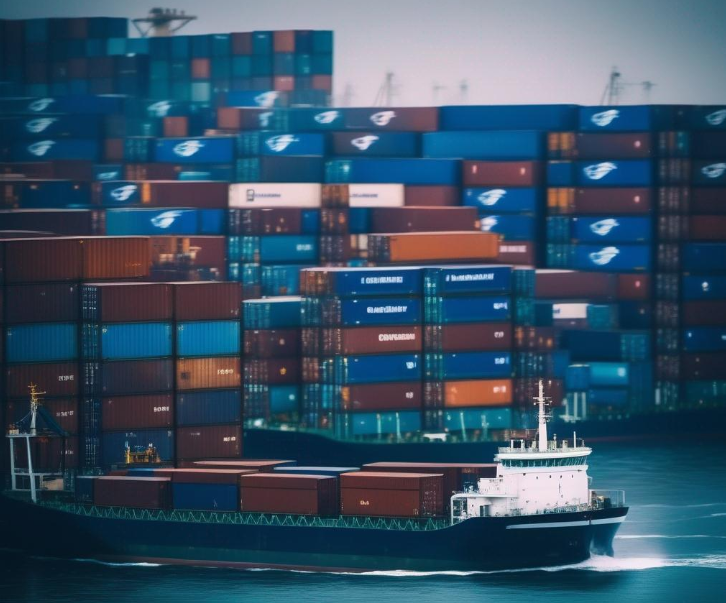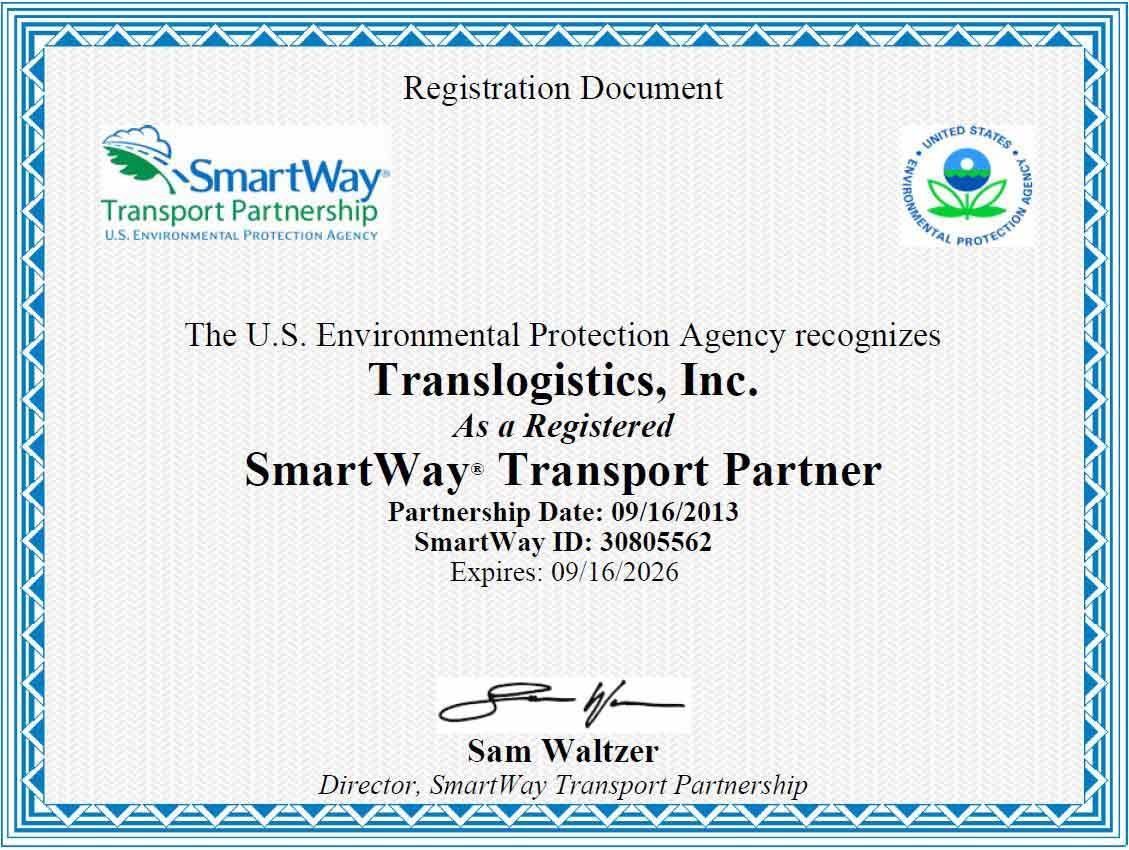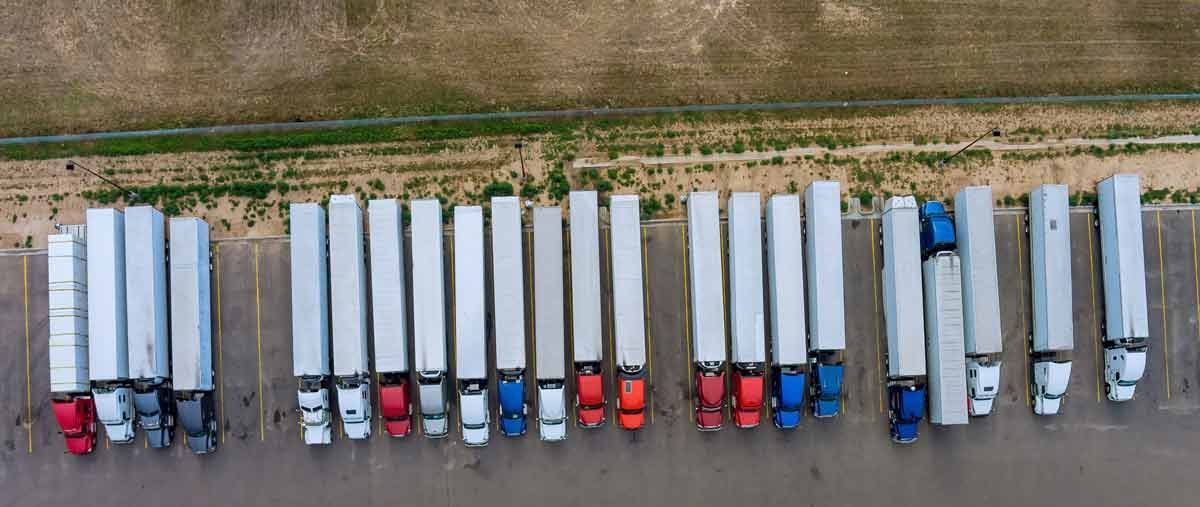What Are Duty Drawbacks? A Guide to Customs Duty Refunds
What are Duty Drawbacks?
In international trade, duty drawbacks serve as a crucial mechanism facilitating smoother commerce by providing financial relief to businesses engaged in importing and exporting goods. Understanding duty drawbacks is essential for companies participating in shipping, looking to optimize their operations and manage costs effectively.
Duty drawbacks refer to the refund, waiver, or reduction of customs duties or taxes previously paid on imported goods. This refund is granted when these imported goods are subsequently exported or used in specific manufacturing processes. The primary objective is to encourage export-oriented production, stimulate trade, and make domestic products more competitive in international markets.

Types of Duty Drawbacks
- Export Drawback: This is the most common form of duty drawback, applicable when goods previously imported are subsequently exported. Exporters can potentially claim a refund of duties paid on imported materials or components that were used in manufacturing goods for export.
- Manufacturing Drawback: When imported materials are used in the production of goods that are subsequently exported, a manufacturing drawback potentially can be claimed. This is particularly beneficial when imported components or raw materials are incorporated into a final product for export.
- Unused Merchandise Drawback: This type applies when imported goods are not used or processed in any way and are subsequently exported or destroyed under customs supervision. In such cases, duties paid upon import can potentially be refunded.

Customs Drawback
A customs drawback is a refund, waiver, or reduction of customs duties or taxes paid on imported goods, granted by customs authorities under very specific circumstances. It allows for the recovery of duties previously paid upon importation when those goods are subsequently exported, destroyed under supervision, or used in certain manufacturing processes.
While duty drawbacks offer significant advantages, navigating the process can present challenges:
- Complexity: The process of claiming duty drawbacks involves intricate regulations and documentation, requiring a clear understanding of customs procedures.
- Compliance Risks: Non-compliance with eligibility criteria or documentation requirements can lead to delays or rejections in claims.
- Administrative Burden: Managing the paperwork and documentation necessary for claims can be time-consuming and resource-intensive.
Duty Drawback Benefits
Duty drawbacks enable businesses to recover previously paid customs duties, taxes, or fees on imported materials or components used in manufacturing goods for export. This reduction in production costs directly impacts a company’s bottom line, enhancing profitability and allowing for more competitive pricing of exported goods.
By lowering production expenses, duty drawbacks empower businesses to offer their goods at more competitive prices in international markets. This advantage can result in increased demand and market share, fostering growth and sustainability.
Duty drawbacks incentivize domestic production by alleviating the financial burden associated with importing raw materials or components. This encourages businesses to source materials locally, stimulating the domestic economy. Export-oriented businesses benefit immensely from duty drawbacks. These mechanisms encourage the utilization of imported materials in manufacturing goods for export, thus promoting and supporting outbound trade activities.
Obtaining refunds or waivers on previously paid duties through duty drawbacks injects liquidity into businesses. This improved cash flow can be allocated towards innovation, expansion, or other strategic investments, fostering growth and development. The financial relief from duty drawbacks allows companies to allocate resources more efficiently, focusing on research and development, marketing initiatives, or enhancing operational capabilities.
Unused Merchandise Drawback provisions encourage responsible management of goods. If goods are not utilized and subsequently exported or destroyed, duty drawbacks help reduce waste by ensuring the recovery of duties paid upon importation. By promoting the use of locally sourced materials for export-oriented production, duty drawbacks contribute to the development of sustainable supply chains, reducing environmental impact and supporting local industries.
Duty drawbacks serve as a catalyst for businesses engaged in international trade, offering a spectrum of advantages that positively impact their financial health, competitiveness, and sustainable practices. Though the process may involve challenges, the potential for cost reduction, enhanced cash flow, and encouragement of export-oriented production make leveraging duty drawbacks an invaluable strategy for companies navigating the complexities of global commerce. Efficient utilization of duty drawbacks not only optimizes trade operations but also positions businesses for sustainable growth in the global marketplace.
Duty Drawback Meaning
According to U.S. Customs and Border Protection, Drawback constitutes the reimbursement of Customs duties, particularly Internal Revenue taxes, and specified fees levied upon importation. The refund is triggered by the exportation or destruction of the imported or substituted product or articles manufactured from them. You can request a refund of up to 99% of the duties.
Key Points:
- There is a need for a drawback entry to apply for drawback.
- Possibility of assigning drawback claims to other parties.
- Importance of substantiating import and export facts with appropriate records.
Customs Drawback Definitions:
- Drawback: Refund or remission, fully or partially, of customs duties, fees, or internal revenue taxes imposed due to importation.
- Drawback claim: The request for drawback payment consists of the drawback entry and related documents.
- Drawback entry: Document containing essential information about the exported or destroyed article eligible for drawback, filed on Customs Form 7551.
Duty Drawback Required Documents:
- Foreign supplier purchase order
- Entry Summary Form (CBP 7501)
- Import Commercial Invoice/Packing List
- Importer Receiving/Inspection records
- Post Entry Adjustments
- Certificates of delivery
- Manufacturer Receiving records
- Inventory records
- Production records
- Transfer records
- Exporter Commercial Invoice/Packing List
- Proof of Export or Supervised Destruction
- This is not an all-encompassing list!
Three Main Drawbacks:
- Manufacturing Drawback (19 USC 1313(a) and (b)
- Unused Merchandise Drawback (19 USC 1313(j)(1) and (j)(2)
- Rejected Merchandise Drawback
How to Initiate Drawback Claims
Guidelines provided in Customs Regulations, specifically 19 CFR 190 Subpart E. Required documents, include:
- Customs Form 7551
- Certificates of manufacture and delivery
- Notices of intent to export, destroy, or return merchandise, import entry numbers, and coding sheets
- Eligible Claimants
Manufacturing Drawback User Type
Persons entitled to claim drawback specified in 19 CFR 190.28 for manufacturing drawback:
- Exporters
- Manufacturers
- Producers
- Importers
- Intermediate parties
- Destroyers may receive drawback payments
Formal Drawback Locations:
- Chicago: ChicagoDrawback@cbp.dhs.gov (Base Metals, Industrial & Manufacturing Materials).
- Houston: HoustonDrawback@cbp.dhs.gov (Petroleum, Natural Gas and Minerals, Machinery).
- New York/Newark: NewYorkDrawback@cbp.dhs.gov (Pharmaceuticals, Health and Chemicals, Agriculture & Prepared Products).
- San Francisco: SanFranciscoDrawback@cbp.dhs.gov (Apparel, Footwear & Textiles, Consumer Products & Mass Merchandising).
- Detroit: DetroitDrawback@cbp.dhs.gov (Automotive & Aerospace, Electronics).
- Office of Trade: OTDrawback@cbp.dhs.gov.
Duties & Fees Subject to Drawback (190.3)
- All standard Customs duties, including estimated duties
- Duties restored under 19 U.S.C. 1592(d)
- Marking duties under 19 U.S.C. 1304(c)
- Internal revenue taxes upon importation
- Merchandise processing fees and harbor maintenance fees
Customs Drawback Exceptions
- Antidumping & countervailing duties
- Section 232 duties on steel/aluminum
Customs Drawback Authorization of Documents
The following individuals or entities authorized to sign or electronically certify documents:
Corporate Signatories:
- The President
- A Vice President
- The Secretary
- The treasurer
- Any other employee legally empowered to represent and bind the corporation
Partnership Signatories:
- A full partner within the partnership
Sole Proprietor Signatory:
- The owner of a sole proprietorship
- Authorized Business Entity Employees - Any employee of the business entity holding a valid power of attorney
Individual Signatory:
- An individual acting on their own behalf
Licensed Customs Broker:
- A licensed customs broker holds a power of attorney to sign the relevant drawback document
Customs Drawback Glossary:
- Recordkeeping: Records relating to drawback claims should be retained for at least 3 years after payment or a longer period if required by law.
- Subpart F-Verification of Claims: All claims are subject to verification by the port director where the claim is filed. This may include an examination of all records related to the transaction.
- Subpart G- Exportation & Destruction: Guidelines for notifying Customs of intended destruction or exportation of merchandise or articles eligible for drawback.
- Liquidation (190.81): Timing of liquidation explained, outlining when drawback entries can be liquidated in relation to import entry liquidation or estimated duty deposit.
- (v) Limitation on the Amount of Merchandise Processing Fee Eligible for Drawback in Substitution Claims.
- When making drawback claims based on substitution, the eligibility of a merchandise processing fee for drawback is subject to specific limitations as outlined in §§ 190.22(a)(1)(ii) for manufacturing claims and 190.32(b) for unused merchandise claims, as applicable.
Duty Drawback Training
Example 1:
Consider the following line items:
- Line item 1—5,000 articles valued at $10 each, totaling $50,000.
- Line item 2—6,000 articles valued at $15 each, totaling $90,000.
- Line item 3—10,000 articles valued at $20 each, totaling $200,000.
- Total units = 21,000
- Total value = $340,000
Merchandise processing fee = $485 (for the purposes of this example, a fee cap of $485 is assumed; see 19 CFR 24.23 for the current amount consistent with 19 U.S.C. 58c(a)(9)(B)(i)).
To determine the merchandise processing fee apportioned to each line item:
Calculate the relative value ratios for each line item:
Line item 1 ratio = $50,000 ÷ $340,000 = 0.1471
Line item 2 ratio = 0.2647
Line item 3 ratio = 0.5882
Calculate the fee attributable to each line item:
Amount attributable to line item 1 = 0.1471 × $485 = $71.3435
Amount attributable to line item 2 = 0.2647 × $485 = $128.3795
Amount attributable to line item 3 = 0.5882 × $485 = $285.2770
To find the amount of merchandise processing fee eligible for drawback per line item:
Amount eligible for drawback for line item 1 = 0.99 × $71.3435 = $70.6301
Amount eligible for drawback for line item 2 = 0.99 × $128.3795 = $127.0957
Amount eligible for drawback for line item 3 = 0.99 × $285.2770 = $282.4242
To calculate the amount of merchandise processing fee eligible for drawback per unit of merchandise:
For line item 1, the amount per unit is $0.0141 ($70.6301 ÷ 5,000 = $0.0141).
For line item 2, the amount per unit is $0.0212 ($127.0957 ÷ 6,000 = $0.0212).
For line item 3, the amount per unit is $0.0282 ($282.4242 ÷ 10,000 = $0.0282).
For example, if 1,000 widgets are the basis of a drawback claim under 19 U.S.C. 1313(j) from line item 1, the total drawback attributable to the merchandise processing fee is $14.10 ($0.0141 × 1,000 = $14.10). Similarly, the amounts for line items 2 and 3 can be calculated based on the same formula.
Example 2:
This example illustrates the treatment of dutiable merchandise that is exempt from the merchandise processing fee and duty-free merchandise that is subject to the merchandise processing fee.
- Line item 1—700 meters of printed cloth valued at $10 per meter (total value $7,000) exempt from the merchandise processing fee under 19 U.S.C. 58c(b)(8)(B)(iii).
- Line item 2—15,000 articles valued at $100 each (total value $1,500,000).
- Line item 3—10,000 duty-free articles valued at $50 each (total value $500,000).
Calculate the relative value ratios for line items 2 and 3:
Line item 2 ratio = $1,500,000 ÷ $2,000,000 = 0.75
Line item 3 ratio = $500,000 ÷ $2,000,000 = 0.25
Assuming a total merchandise processing fee paid of $485:
Amount attributable to line item 2 = 0.75 × $485 = $363.75
Amount attributable to line item 3 = 0.25 × $485 = $121.25
To find the amount of merchandise processing fee eligible for drawback for each line item:
Amount eligible for drawback for line item 2 = 0.99 × $363.75 = $360.1125
Amount eligible for drawback for line item 3 = 0.99 × $121.25 = $120.0375
To determine the drawback on the merchandise processing fee per unit:
For line item 2, the amount per unit is $0.0240 ($360.1125 ÷ 15,000 = $0.0240).
For line item 3, the amount per unit is $0.0120 ($120.0375 ÷ 10,000 = $0.0120).
If 1,000 units of line item 2 were exported, the drawback attributable to the merchandise processing fee would be $24.00 ($0.0240 × 1,000 = $24.00). Similarly, the amount for line item 3 can be calculated using the same formula”.
TLI Insights
Get the latest logistics insights and tips from TLI's award-winning team. Stay ahead in transportation planning.
Questions? Email us at marketing@shiptli.com



